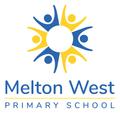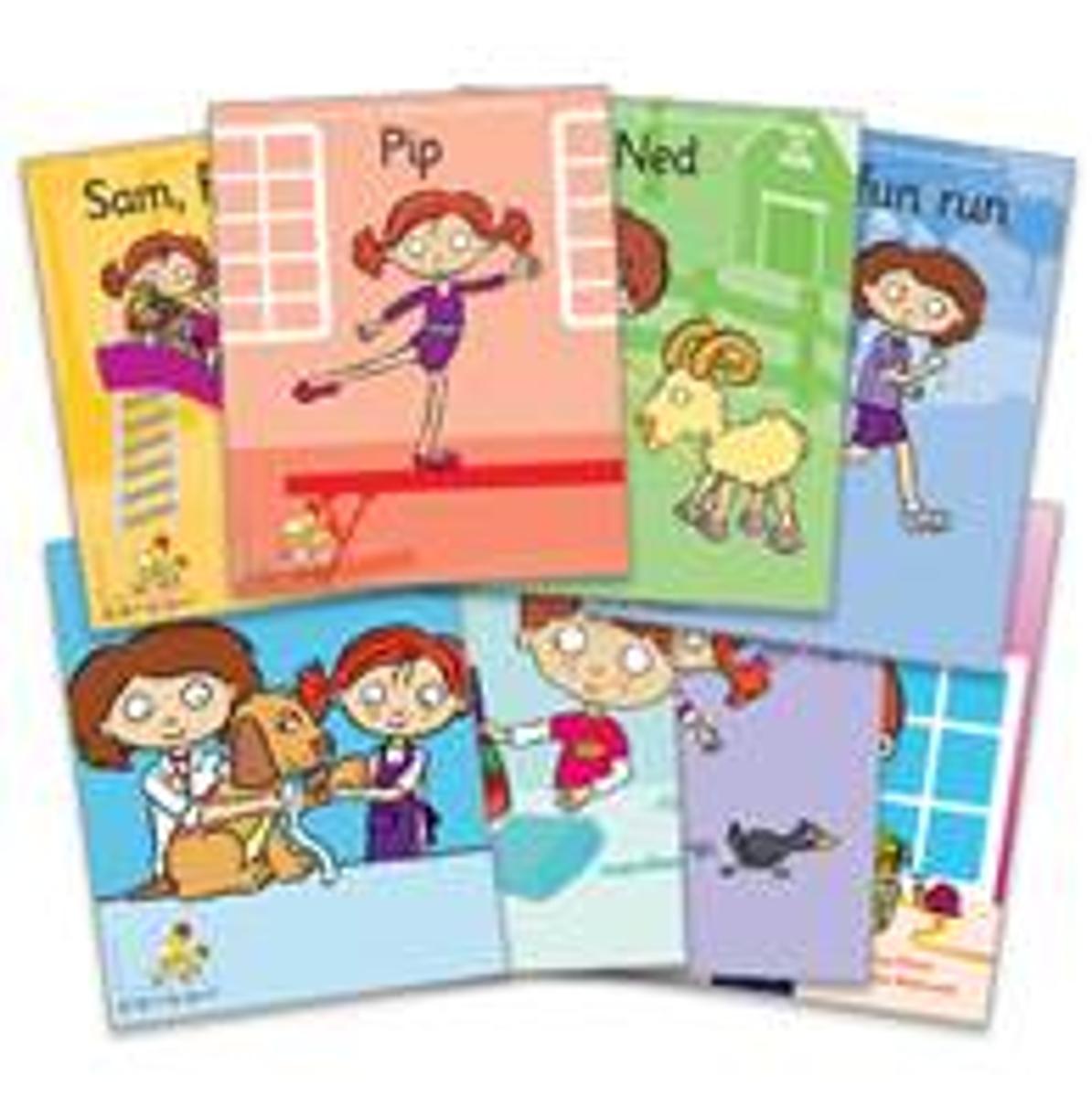Assistant Principal Report

Dear Parents and Carers,
Getting it right in Reading!
Victoria’s Approach to Teaching Reading F-2
Reading is a foundational life skill and a source of pleasure and wonder.
It provides access to information, generates imagination, builds knowledge, enables creativity and shapes opinions.
This statement outlines the approach to teaching reading in the early years of school that is supported by the strongest evidence, implemented in many Victorian government schools that are achieving strong reading outcomes and will be expected to be implemented in all Victorian government primary and specialist schools commencing from 2025 with full implementation from the beginning of the 2027 school year.
Teaching reading F-2
The essential elements of reading are the ‘Big 6’ (Konza, 2014), each of which should form part of a structured literacy approach.
Oral language – knowing and using spoken words to express knowledge, ideas and emotions
Phonemic awareness –which is the knowledge of sounds (phonemes)
Phonics – knowing the sound (phoneme) and letter (grapheme) relationships
Fluency – reading accurately and at an appropriate rate with expression
Vocabulary – understanding words in isolation and in context
Comprehension – making meaning from text which includes developing knowledge of grammar.
These are the foundational skills that have a reciprocal relationship and are all necessary to enable students to independently read and respond to increasingly complex fiction and non-fiction texts.
In the early years of school, the development of decoding skills is best developed through a program that includes a minimum of 25 minutes of daily explicit teaching of phonics and phonemic awareness using a systematic synthetic phonics approach. This means teachers use a clear scope and sequence of increasingly complex grapheme-phoneme correspondences and morphology.
Students first learn to pronounce single letters and sounds and then blend them to form words. It also involves teaching students to segment sounds and spell words to make the link between reading and writing. Decodable texts are used to practice the letter-sound combinations that students have been taught. This builds students’ skills so they develop automaticity and so can read words quickly and accurately.
The Department of Education is providing schools with the following Implementation support:
English lesson plans aligned to the Big 6, the English Curriculum 2.0 and the Victorian Teaching and Learning Model 2.0. This includes the Phonics Plus program in F-2, progressively available in the Victorian lesson plans site, which uses a systematic synthetic phonics approach to teach reading.
Webinars and other professional learning opportunities to support implementation of this approach to teaching reading.
$5 million in one-off funding in early 2025 for government primary and specialist schools, to support transition to the systematic synthetic phonics approach.
Year 1 Phonics Check, a literacy assessment aligned to the reading position, available in 2025 and implemented in all schools from 2026.
The Victorian Teaching and Learning Model 2.0 (VTLM 2.0) and implementation of the Victorian Curriculum V2.0.
Implementation at Melton West PS:
Our Prep and Grade 1/2 teachers are implementing the Phonics Plus program across P-2 and utilising previous knowledge gained for those that are trained in the Sounds Write program.
We have adjusted our approach to the teaching of Literacy in P-2, with one hour allocated to the Phonics Plus program and the second hour related to other aspects of Reading and Writing, such as reading aloud and discussing rich authentic picture books, building vocabulary and comprehension and teaching the text structure and language features of different genres in writing (narrative, informative and persuasive).
Teachers are being supported by our school-based coaches and external consultant Viv Arbaci to build their capacity and practice.
Teachers are meeting weekly in teams and planning collaboratively, collecting and analysing data to inform their planning.
We have invested in new sets of decodable texts for teachers to use in small groups and students to use in buddied and paired reading in the classroom, complementing the phonics program.
We have purchased a subscription to Little Learners Love Literacy Online, so students have access to decodable texts at home.
Assistant Principal
Sarah Mills


